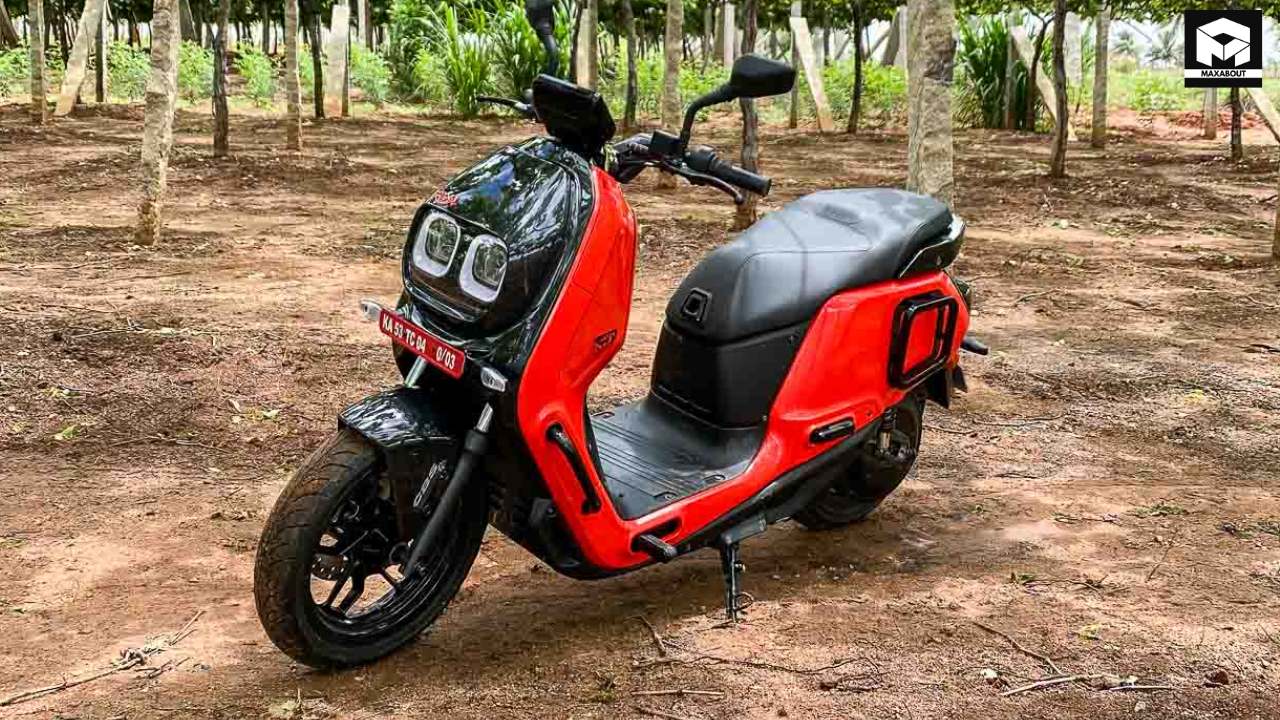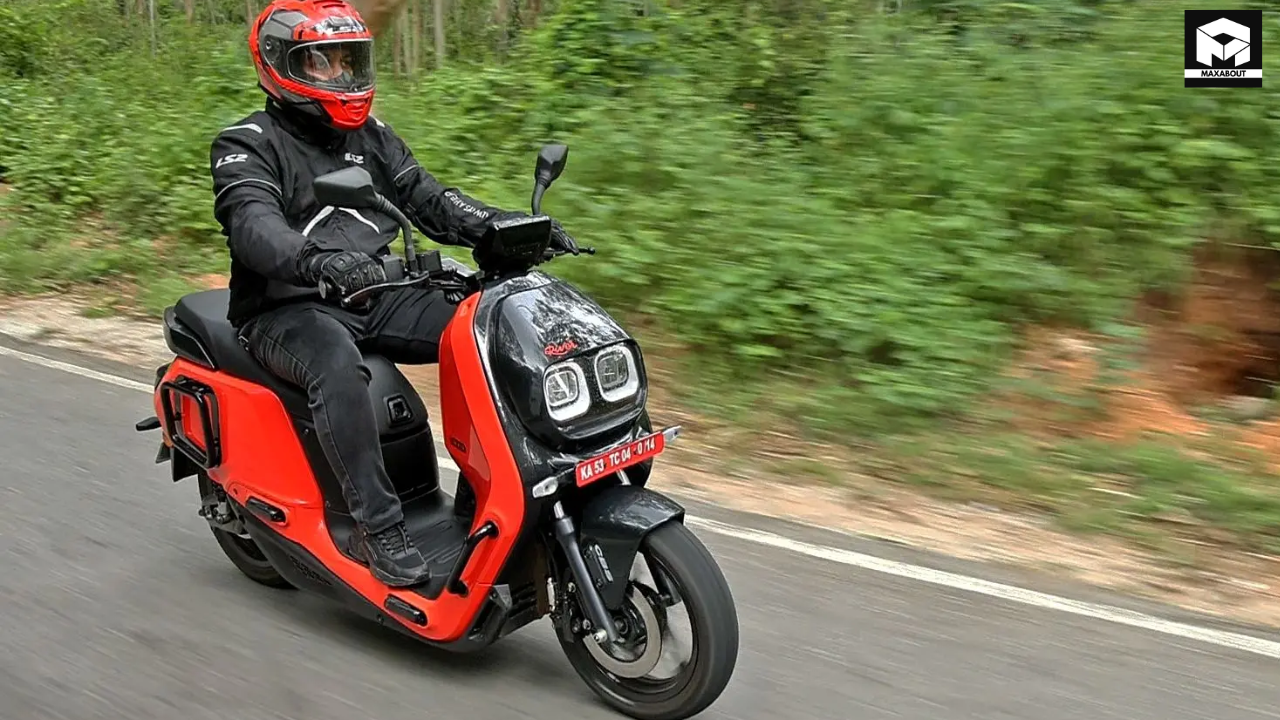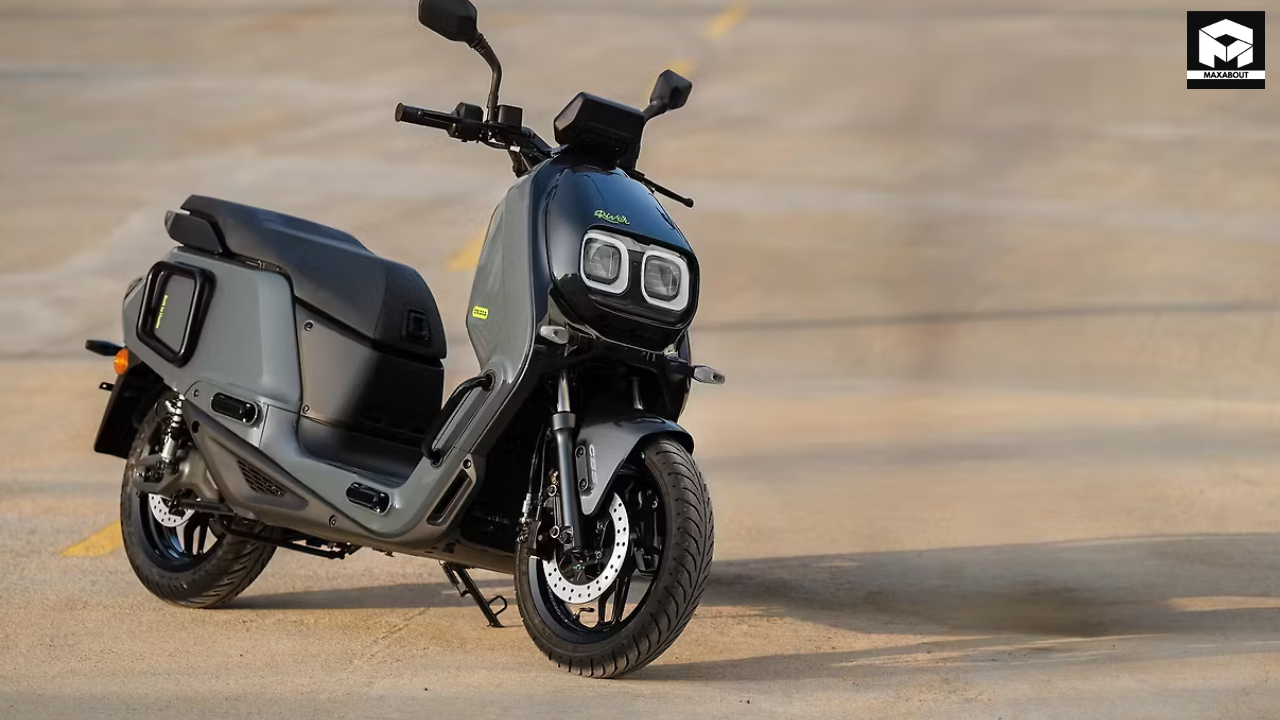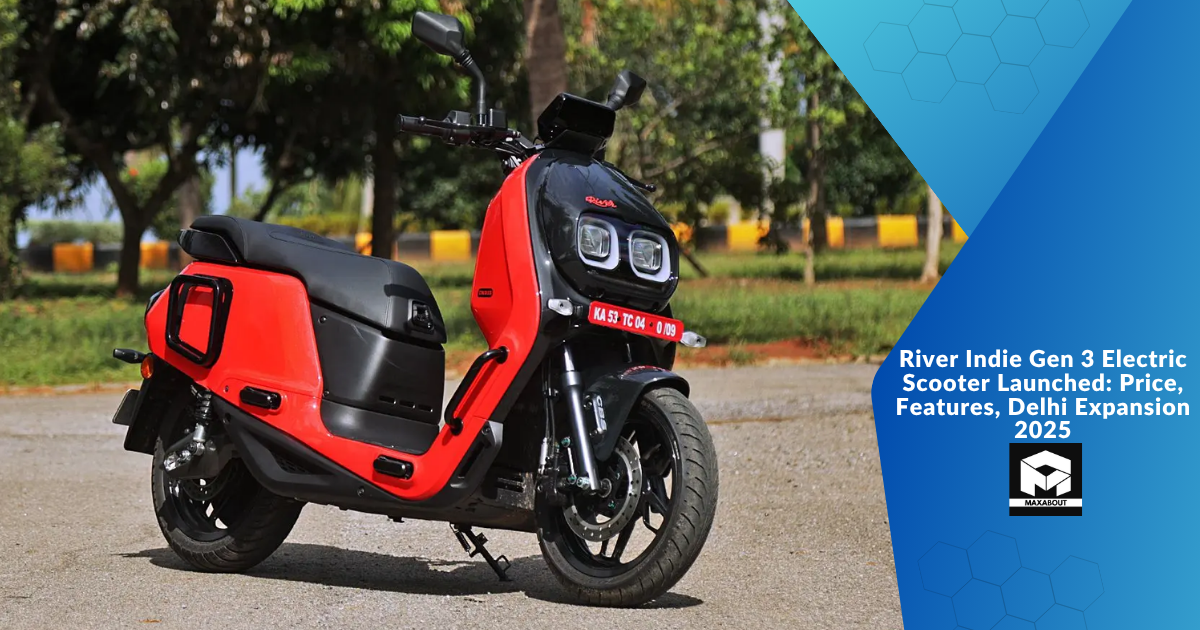Introduction
The electric two-wheeler market in India is heating up, and River Auto is making significant moves with its latest offering. The Bengaluru-based EV startup has just launched the third generation of its flagship electric scooter, the River Indie Gen 3, priced at Rs 1.46 lakh (ex-showroom). Having followed the electric mobility space closely, I can tell you this pricing positions it competitively in the premium electric scooter segment, going up against established players like Ather, Ola, and TVS.
What's particularly noteworthy about this launch is that it comes alongside River's expansion into Delhi with a new experience center. This strategic move into the capital region signals the company's ambition to establish a stronger nationwide presence. Let's dive into what makes the new Indie Gen 3 special and how it might fare in India's increasingly competitive EV market.
River Indie Gen 3: What's New

The third-generation River Indie represents a significant upgrade over its predecessors, with improvements focused on range, battery capacity, and overall user experience. From what I've observed in the official specifications and industry reports, the Gen 3 model addresses many of the common concerns EV users have expressed about earlier models.
Enhanced Battery and Range
The most substantial improvement in the Gen 3 is the increased battery capacity. The new model comes equipped with a larger 4.0 kWh battery pack, up from the 3.4 kWh unit in the previous generation. According to River Auto's official specifications, this upgrade translates to an improved IDC (Indian Driving Cycle) range of 130 km on a single charge.
In real-world conditions, electric scooter ranges typically vary based on riding style, terrain, and weather conditions. From the patterns observed across the industry, users can realistically expect about 100-110 km of actual range under normal riding conditions with this battery size – a substantial improvement that addresses one of the primary concerns for potential EV adopters: range anxiety.
Performance Specifications
The Indie Gen 3 continues to offer impressive performance metrics that position it well in the premium segment:
- Motor Output: 6.7 kW peak power
- Top Speed: 90 km/h (electronically limited)
- Acceleration: 0-40 km/h in under 3.9 seconds
- Battery Capacity: 4.0 kWh
- IDC Range: 130 km
- Charging Time: 0-80% in approximately 5 hours with the standard charger
Design and Utility Features
The Indie Gen 3 maintains River's distinctive design philosophy that emphasizes utility and practicality. The scooter features:
- Storage Capacity: 55 liters, among the highest in the segment
- Utility-focused design: Including a front rack system capable of carrying up to 5 kg
- Ground Clearance: 165 mm, suitable for navigating Indian road conditions
- Seat Height: 780 mm, making it accessible for riders of various heights
From analyzing user feedback across the EV space, these utility features address practical concerns that often determine whether consumers switch from traditional ICE scooters to electric alternatives. The generous storage space is particularly notable when compared to competitors in the same price bracket.
Technology and Smart Features

Modern electric scooters are as much about their tech features as their mechanical specifications, and the River Indie Gen 3 doesn't disappoint on this front.
Connected Features
The River Indie Gen 3 comes equipped with a comprehensive suite of connected features that have become increasingly important for consumers in the premium segment:
- 7-inch TFT display: Providing clear visibility in various lighting conditions
- Bluetooth connectivity: For seamless smartphone integration
- Turn-by-turn navigation: Ensuring riders can focus on the road
- OTA updates: Allowing the scooter to improve over time with software updates
- Ride statistics: Detailed information about energy consumption and riding patterns
These features align with what tech-savvy consumers now expect from premium EVs. Based on market trends, the integration of smartphone connectivity and detailed ride analytics has become a significant decision factor for urban buyers considering electric two-wheelers.
Safety and Convenience
Safety features in the Indie Gen 3 include:
- Three riding modes: Eco, Ride, and Rush, allowing riders to balance performance and range
- Reverse mode: For easier parking and maneuverability
- Side-stand sensor: A critical safety feature that prevents accidental acceleration
- Regenerative braking: Improving both range and braking performance
From my analysis of EV adoption patterns, these features address key concerns that potential buyers have when transitioning from conventional scooters to electric alternatives.
Delhi Expansion: River's Growing Footprint

The launch of the River Indie Gen 3 coincides with the opening of the company's first experience center in Delhi, marking a significant milestone in River Auto's expansion strategy.
Strategic Market Entry
Delhi represents one of India's largest two-wheeler markets and has shown strong adoption rates for electric vehicles, partly due to the supportive policies implemented by the local government. The Delhi government offers substantial incentives for EV purchases under its Electric Vehicle Policy, making it an attractive market for EV manufacturers.
The new River Auto experience center in Delhi is located in Naraina Industrial Area, a well-connected location that should provide good accessibility for potential customers across the NCR region. This expansion follows River's established presence in Bengaluru, where the company is headquartered.
Experience Center Approach
River Auto's experience centers are designed to do more than just sell scooters. Based on the approach taken at their Bengaluru location and industry trends, these centers typically offer:
- Detailed product demonstrations
- Test ride facilities
- After-sales service capabilities
- Accessory displays
- Educational resources about EV ownership
This approach aligns with what industry analysis shows consumers need when considering an EV purchase – hands-on experience and comprehensive information about ownership costs and benefits.
Market Positioning and Competition
At Rs 1.46 lakh (ex-showroom), the River Indie Gen 3 positions itself in the premium segment of India's electric scooter market. This pricing places it in competition with several established models.
Competitive Landscape
The River Indie Gen 3 will compete directly with:
- Ather 450X: Priced similarly with comparable performance but less storage capacity
- Ola S1 Pro: Offering similar range but with different design philosophy
- TVS iQube: A product from an established manufacturer with strong after-sales network
- Bajaj Chetak: Appealing to traditional scooter buyers with its classic design elements
From market analysis, River's unique selling proposition appears to be its combination of practical utility features (particularly the storage capacity) and performance specifications that match or exceed most competitors in this price range.
Value Proposition
When evaluating the value proposition of the River Indie Gen 3, several factors stand out:
- Class-leading storage capacity: The 55-liter storage space exceeds most competitors
- Improved range: The 130 km IDC range addresses a key adoption barrier
- Utility-focused design: Features like the front rack system appeal to practical users
- Premium connectivity features: The tech package compares favorably with competitors
Based on consumer preference trends, these features align well with what urban commuters typically prioritize when considering a premium electric scooter.
Frequently Asked Questions
What is the ex-showroom price of the River Indie Gen 3?
The River Indie Gen 3 is priced at Rs 1.46 lakh (ex-showroom).
What is the battery capacity and range of the River Indie Gen 3?
The Indie Gen 3 comes with a 4.0 kWh battery pack that provides an IDC range of 130 km on a single charge.
Where are River Auto's experience centers located?
River Auto currently has experience centers in Bengaluru and has recently opened a new center in Delhi's Naraina Industrial Area.
How does the River Indie Gen 3 compare to its previous generation?
The Gen 3 model features a larger 4.0 kWh battery (up from 3.4 kWh), improved range, and enhanced connected features compared to the previous generation.
What is the charging time for the River Indie Gen 3?
Using the standard charger, the River Indie Gen 3 can charge from 0 to 80% in approximately 5 hours.
Conclusion
The launch of the River Indie Gen 3 at Rs 1.46 lakh represents an important evolution for this relatively new player in India's electric scooter market. The improvements in battery capacity and range address key concerns that potential EV adopters often cite, while the utility-focused design maintains River's distinctive approach to electric mobility.
The simultaneous expansion to Delhi indicates River Auto's growing ambitions and confidence in their product. For consumers in the market for a premium electric scooter that balances performance with practical utility, the Indie Gen 3 presents a compelling option worth considering.
As the Indian EV market continues to mature, offerings like the River Indie Gen 3 help push the industry forward by addressing specific consumer needs while maintaining competitive pricing. The next few years will be crucial for River Auto as they work to establish their brand alongside more established players in this rapidly evolving segment.

